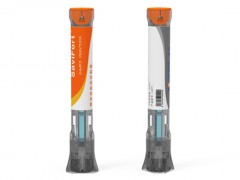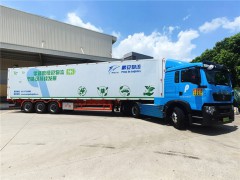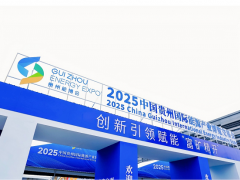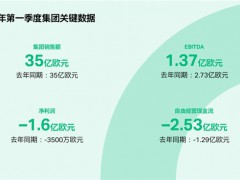據世界石油網站3月18日報道 雷斯塔能源研究表示,服務業在碳捕獲和儲存(CCS)開發上的支出在本十年內將飆升,從2022年到2025年將翻兩番,未來三年全球累計支出將超過500億美元。
2022年宣布的商業項目總支出預計將達到44億美元,高于去年的28億美元。預計到2023年,支出將增加近三倍,達到110億美元。預測顯示,2024年和2025年將分別增加180億美元和190億美元,到本十年中期,預計總額將達到520億美元。這些總數僅包括已宣布的項目,同時假設所有項目都按計劃進行,并且不包括試點或示范項目。
這筆資金將用于與捕集裝置的安裝、二氧化碳的運輸和儲存相關的廣泛服務。歐洲和北美將推動支出,在宣布的84個商用CCS項目中,預計到2025年將有63個位于這兩個地區。
雷斯塔能源高級分析師Lein Mann Hansen表示:“CCS技術被視為成功實現能源轉型所需的社會脫碳的一個基本組成部分。盡管這項技術可以追溯到20世紀70年代,但CCS項目的宣布數量在過去兩年中激增,因此服務業的支出預計將在未來幾年達到頂峰。”
全球已有56個商業CCS項目在運行,能夠在各個行業每年捕獲高達4100萬噸的二氧化碳。根據已經宣布的項目,到2025年,近140個CCS工廠將投入運行,如果所有項目按計劃推進,將捕獲至少1.5億噸二氧化碳。這些項目目前處于不同的開發階段,包括可行性、概念和建設。
將近三分之二的總服務支出將用于為該設施配備二氧化碳捕獲組件和維持運營。工程、采購、施工和安裝(EPCI)成本將是支出的主要驅動力,到2025年,將為550億美元的總額貢獻約350億美元。2025年,EPCI的年度支出將達到120億美元,比今年預計的28億美元增加了300%以上。
王磊 摘譯自 世界石油
原文如下:
Carbon capture and storage service spending to total more than $50 billion globally by 2025
Service sector spending on carbon capture and storage (CCS) developments is set to skyrocket this decade, quadrupling from 2022 to 2025, with cumulative global expenditure over the next three years topping $50 billion, Rystad Energy research indicates.
Total spending for announced commercial projects in 2022 is projected to hit $4.4 billion, up from $2.8 billion last year. Outlay is then expected to nearly triple in 2023, topping $11 billion for the year. Projections show 2024 and 2025 will see an additional $18 billion and $19 billion, respectively, bringing the projected total to $52 billion by the middle of the decade. These totals only include announced projects, assuming all projects move ahead as planned, and do not account for pilot or demonstration-only developments.
The cash will be spent on a broad range of services related to the installation of the capture unit, transportation of the carbon dioxide (CO2) and storage. Europe and North America will drive spending, with 63 out of the 84 announced commercial CCS projects expected to start operations by 2025 situated in these two regions.
“CCS technology is viewed as a fundamental component of the societal decarbonization required for a successful energy transition. Although the technology dates back to the 1970s, the number of CCS project announcements has surged in the last two years, and service sector spending is expected to go through the roof in the coming years as a result,” says Lein Mann Hansen, Rystad Energy senior analyst.
There are 56 commercial CCS projects already in operation globally, capable of capturing up to 41 million tonnes per annum (tpa) of CO2 across various industries. based on already announced projects, nearly 140 CCS plants could be operational by 2025, capturing at least 150 million tpa of CO2 if all projects move ahead as scheduled. These projects are currently in various stages of development, including feasibility, concept and construction.
Almost two-thirds of the total service spending will go towards equipping the facility with the CO2 capture component and maintaining operations. Engineering, procurement, construction and installation (EPCI) costs will be the primary driver of spending, contributing about $35 billion to the $55 billion total by 2025. Annual EPCI spending will hit $12 billion in 2025, a more than 300% increase from the $2.8 billion projected for this year.
免責聲明:本網轉載自其它媒體的文章及圖片,目的在于弘揚石化精神,傳遞更多石化信息,宣傳國家石化產業政策,展示國家石化產業形象,參與國際石化產業輿論競爭,提高國際石化產業話語權,并不代表本網贊同其觀點和對其真實性負責,在此我們謹向原作者和原媒體致以崇高敬意。如果您認為本站文章及圖片侵犯了您的版權,請與我們聯系,我們將第一時間刪除。







